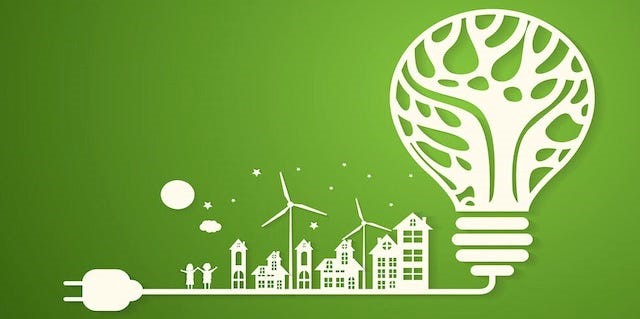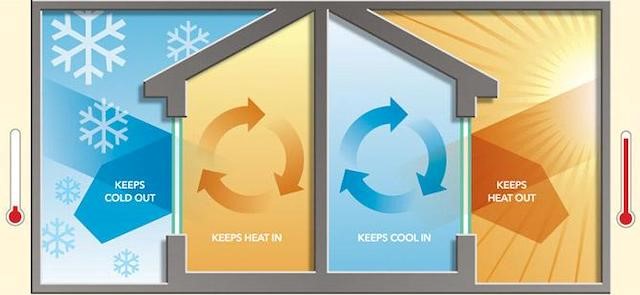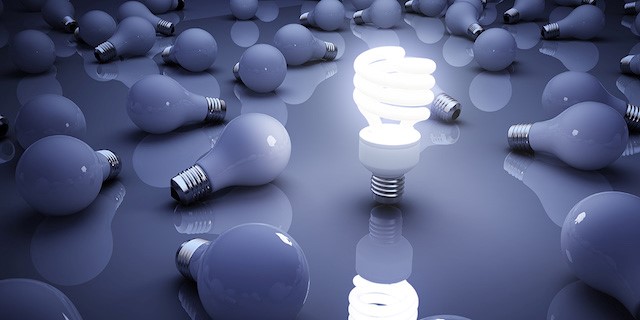Creating an Energy Efficient Home

Making your home more energy efficient is a cost-effective way to not only save money but to also improve the performance of your home. The most effective strategy for improving your home’s energy efficiency is to focus on the “shell” of the house…the walls, attic, windows and doors. Next, improve the energy efficiency of systems such as heating, cooling, lighting and appliances. Last, but not least, consider clean energy generation such as solar or geothermal.
The first step toward energy efficiency is to make sure that your walls and attic are well insulated.
.jpeg)
High quality insulation slows the rate that heat flows out of the house in the winter or into the house in the summer. That means it takes less energy to heat or cool your house. If your walls have no insulation, it will certainly pay off to get blown-in insulation which will also improve the comfort of your home. If you have an unfinished attic, it is worthwhile upgrading its insulation. It is a good idea to use an Energy Auditor to make sure that the insulation is installed properly.
The next step is to upgrade or replace windows.

If your windows are old or leaky, it is time to replace them with energy efficient models. If you live in an architecturally controlled historic district and have ‘antique’ windows, increase their efficiency by using weather stripping and storm windows. While it’s not usually cost-effective to replace windows just to save energy, if you are going to replace them anyway, the additional cost of Energy Star-rated replacement windows is very modest and is a comfort improving upgrade that is worth the cost.
Another way to save some energy in your home is to plant shade trees and shrubs around your house.
If you have an older home with poor insulation and windows, good landscaping can help, especially if planted on the house’s west side. Deciduous trees are the best way to go for this purpose. During the summer, the foliage will block the infrared radiation that would warm the house, while in the winter the bare branches will let the radiation through.
Replacing an older furnace with a new high-efficiency system may seem like a huge expense, but in the long run it will save energy and money.
If your furnace was built before 1992 and has a standing pilot, it likely wastes 35% of the fuel it uses, and it’s probably near the end of its service life ACEEE (American Council for an Energy-Efficient Economy) recommends you replace it with a condensing furnace with annual efficiency of at least 90%.
You can improve the efficiency of your hot water system by turning down the temperature of your water heater to the “warm” setting (120 degrees F). Additionally, you can insulate your hot water lines so that they don’t cool off as quickly between uses. And using low-flow fixtures in your showers and baths will help as well.

Compact fluorescent lamps (CFLs) use ¾ of the energy used with incandescent light bulbs, so it is well worth changing them. You may not realize that the cost of electricity used to run a light bulb is more than the cost of the bulb itself. A CFL may be a little more expensive than the traditional light bulb, but it lasts for 10,000 hours and uses only 27 watts to generate as much light as 100-watt incandescent bulb. Over the long haul, you will save money by investing in CFLs.
You can save money with an energy efficient home in many ways, including the tax benefits that are available to you. Federal tax incentives are out there for energy efficiency upgrades to existing homes.
Creating an energy efficient home may require a financial investment, but it will be a money-saver in the long run!
If you are in the market to buy or sell a home (or both), let me Sandra Nickel and my Hat Team of Professionals assist you with all your real estate needs! Call us today at 334-834-1500 and check out https://homesforsaleinmontgomeryalabama.com for more information.
Photo credits: medium.com, feri.org, bpihomeowner.org, kids.niehs.nih.gov










